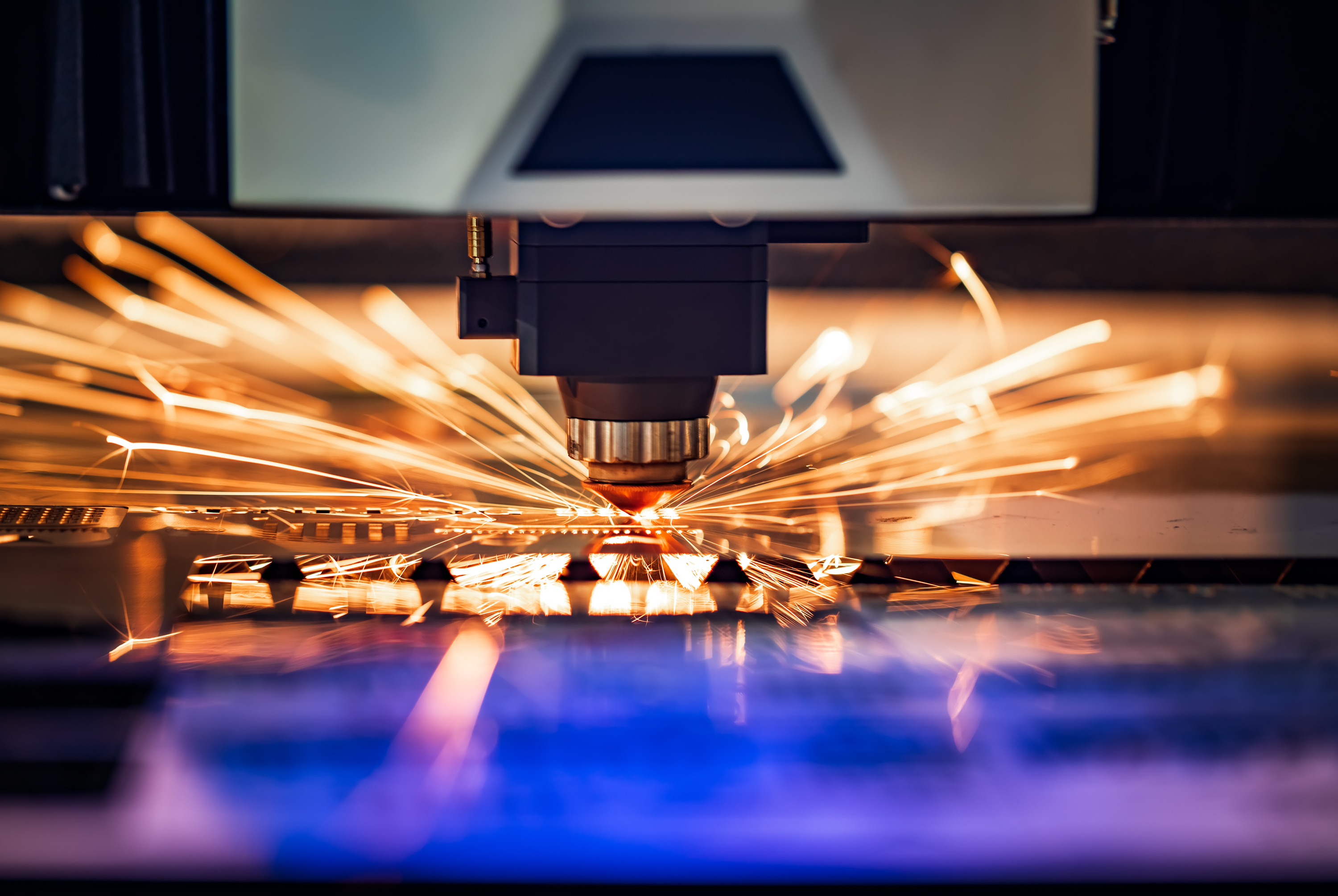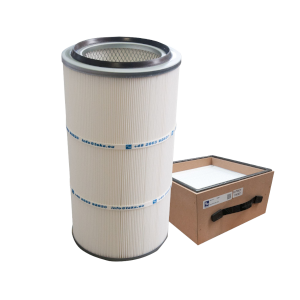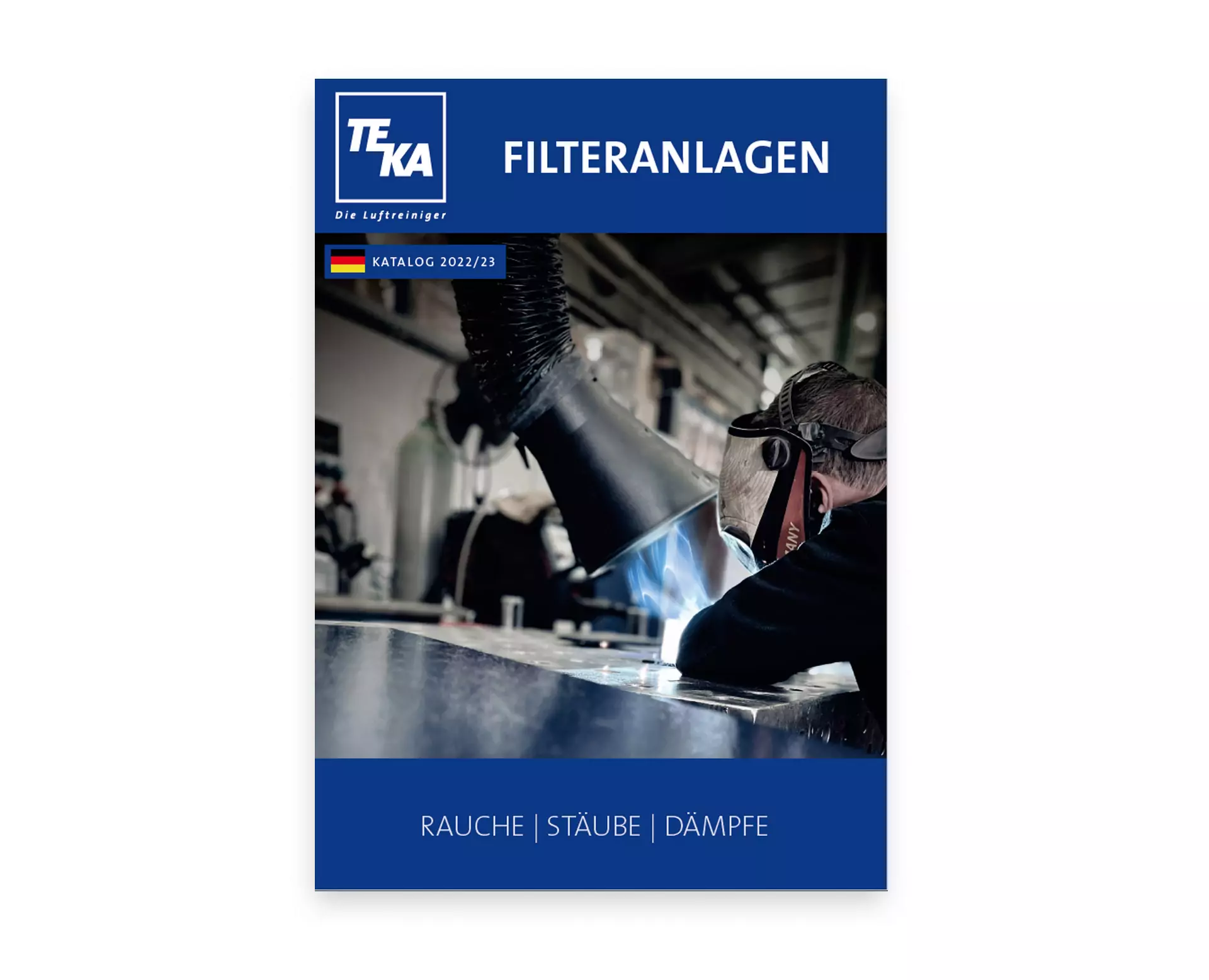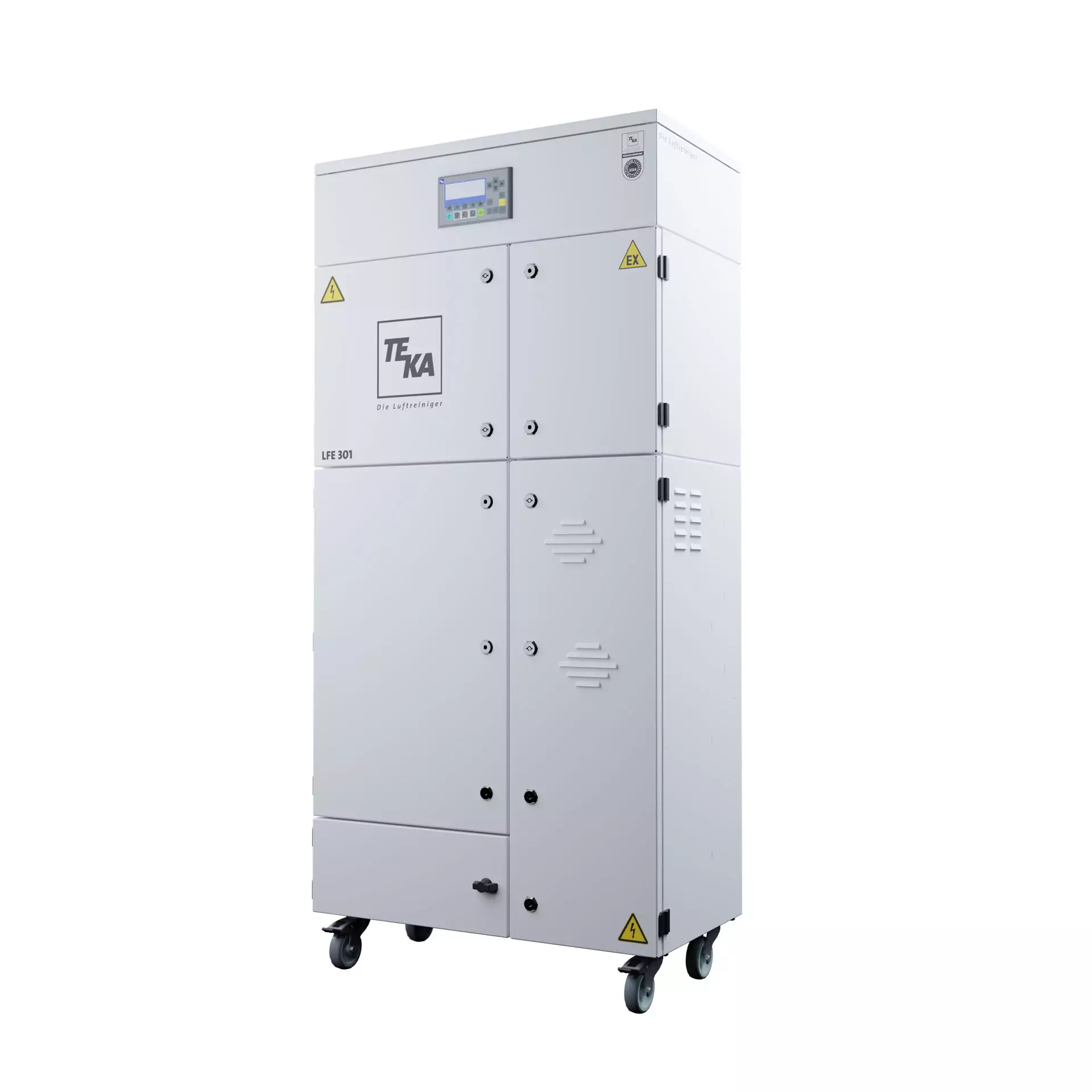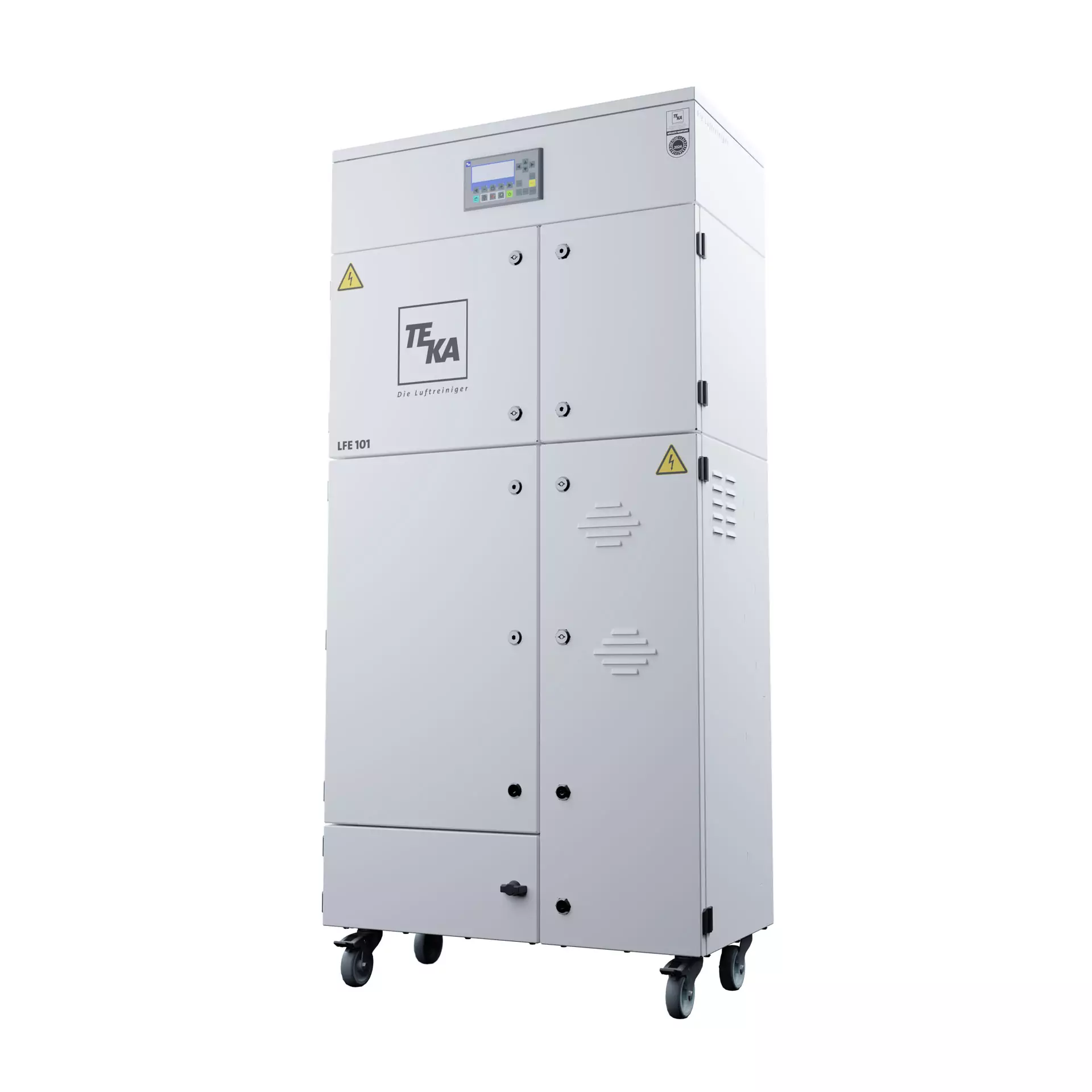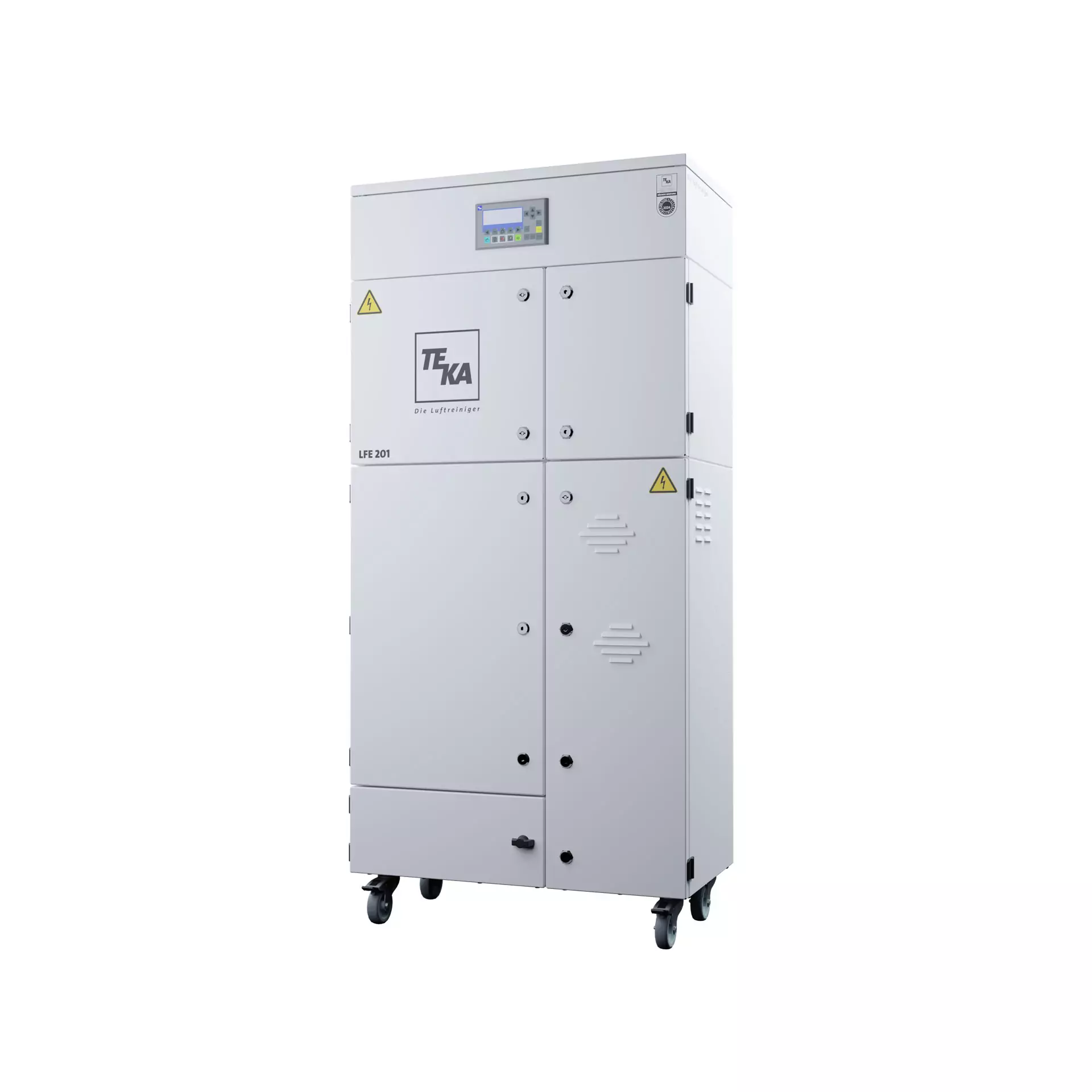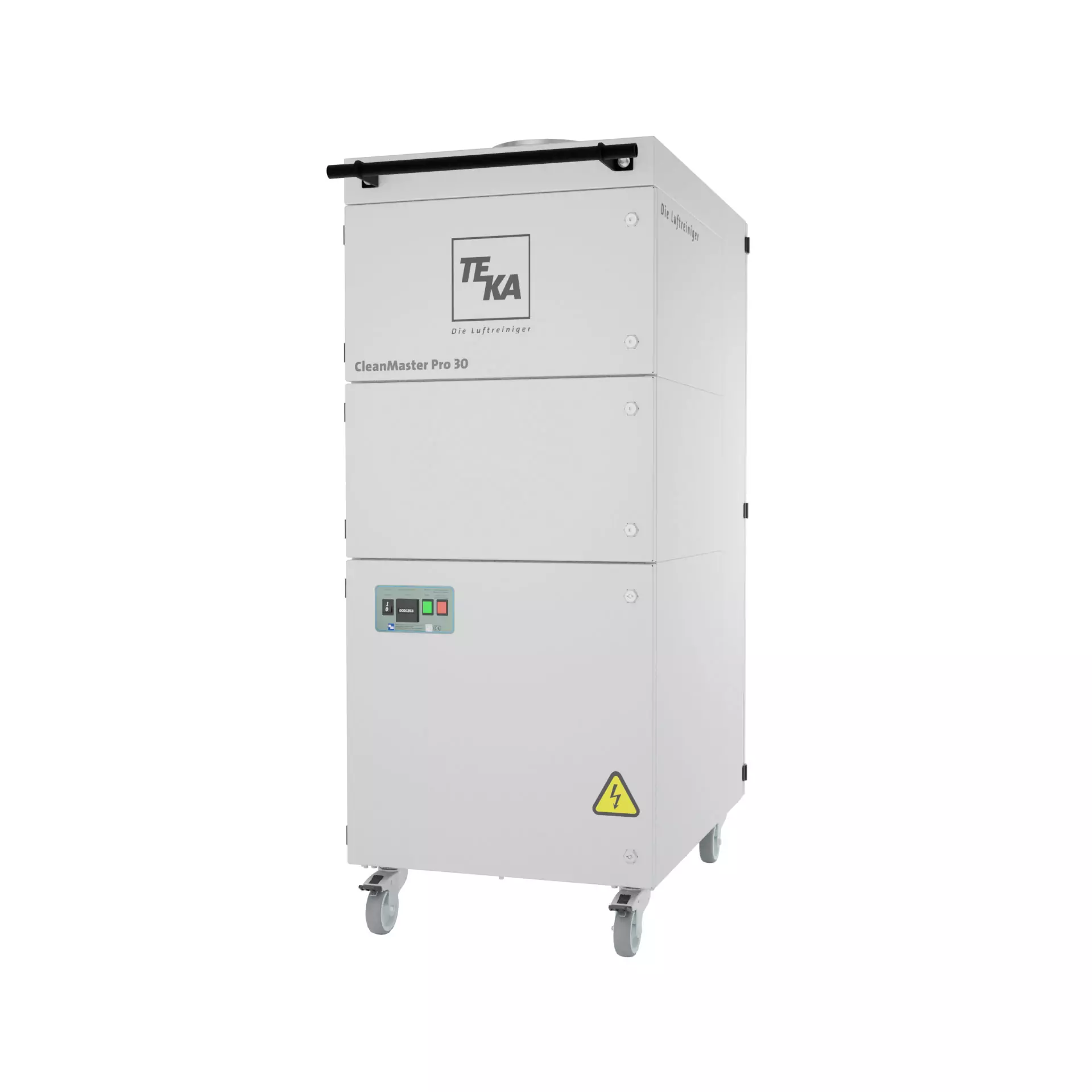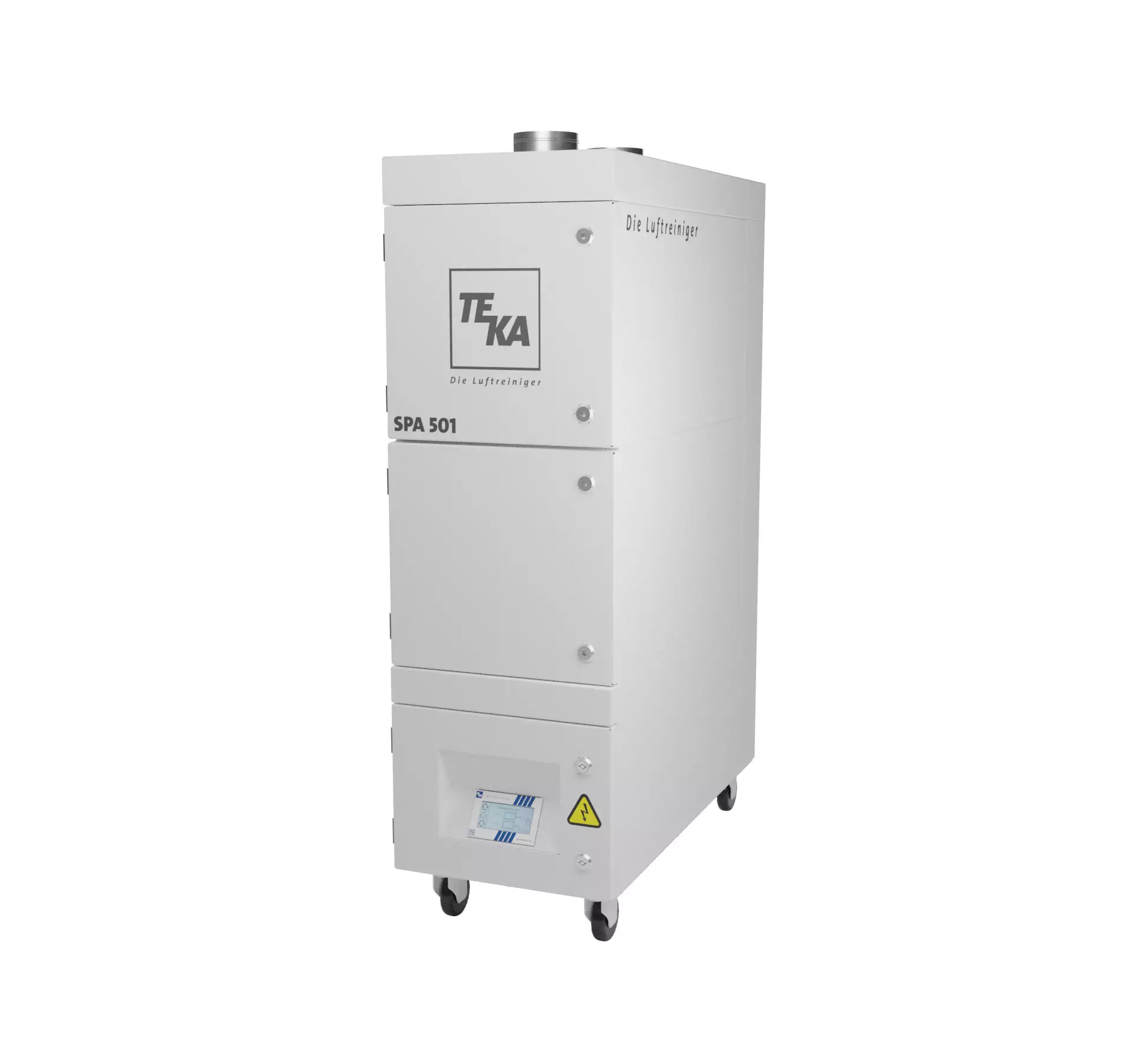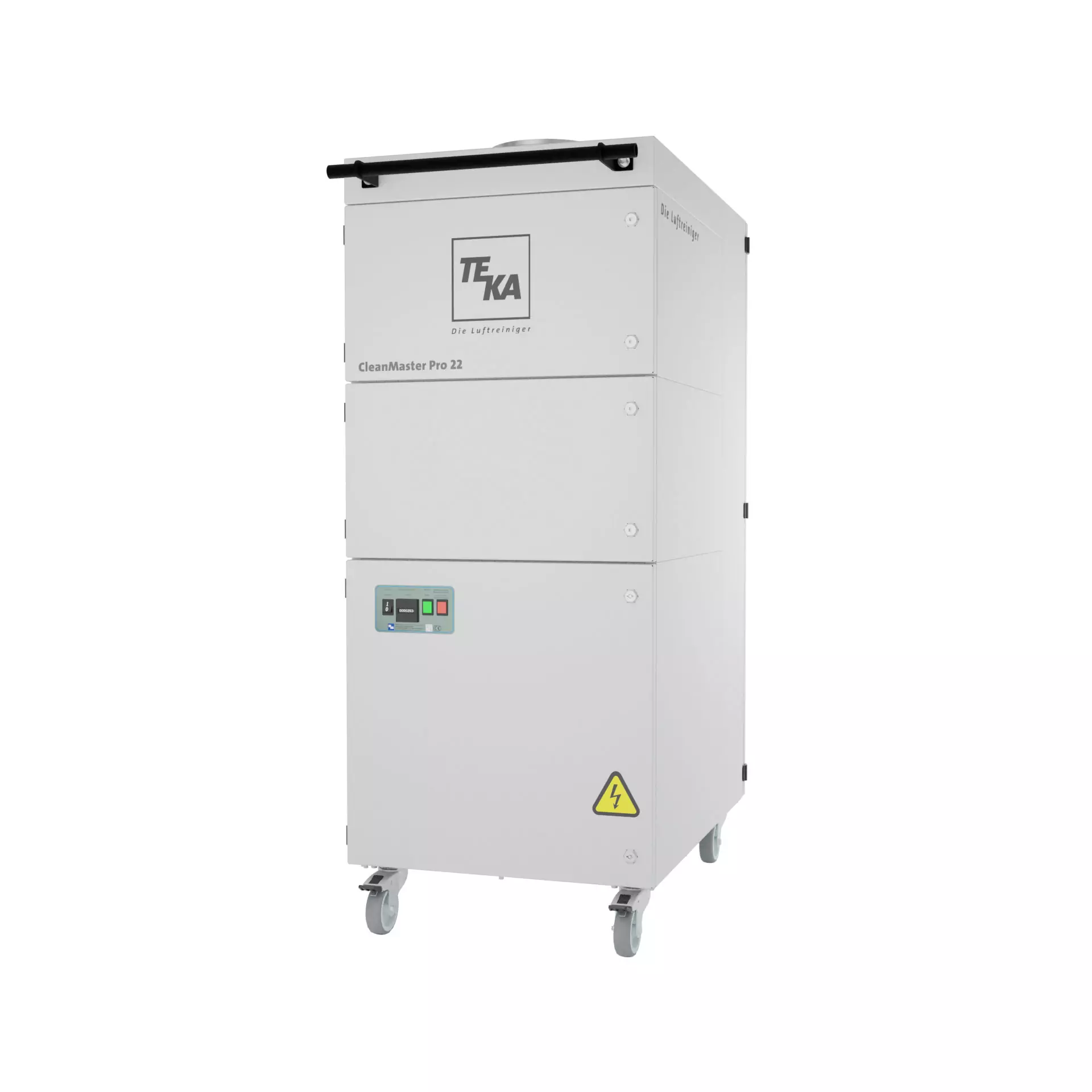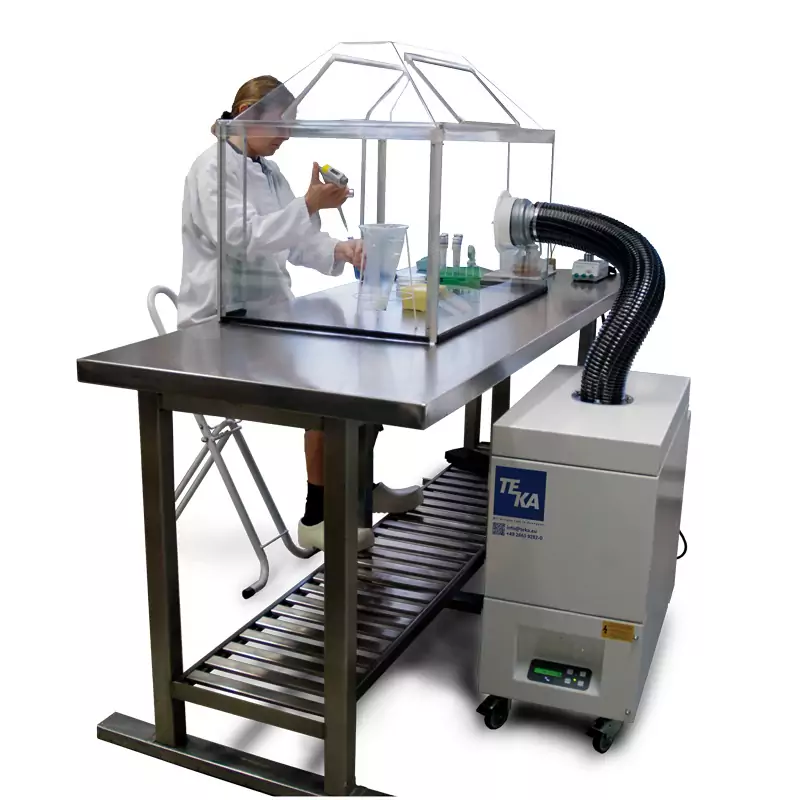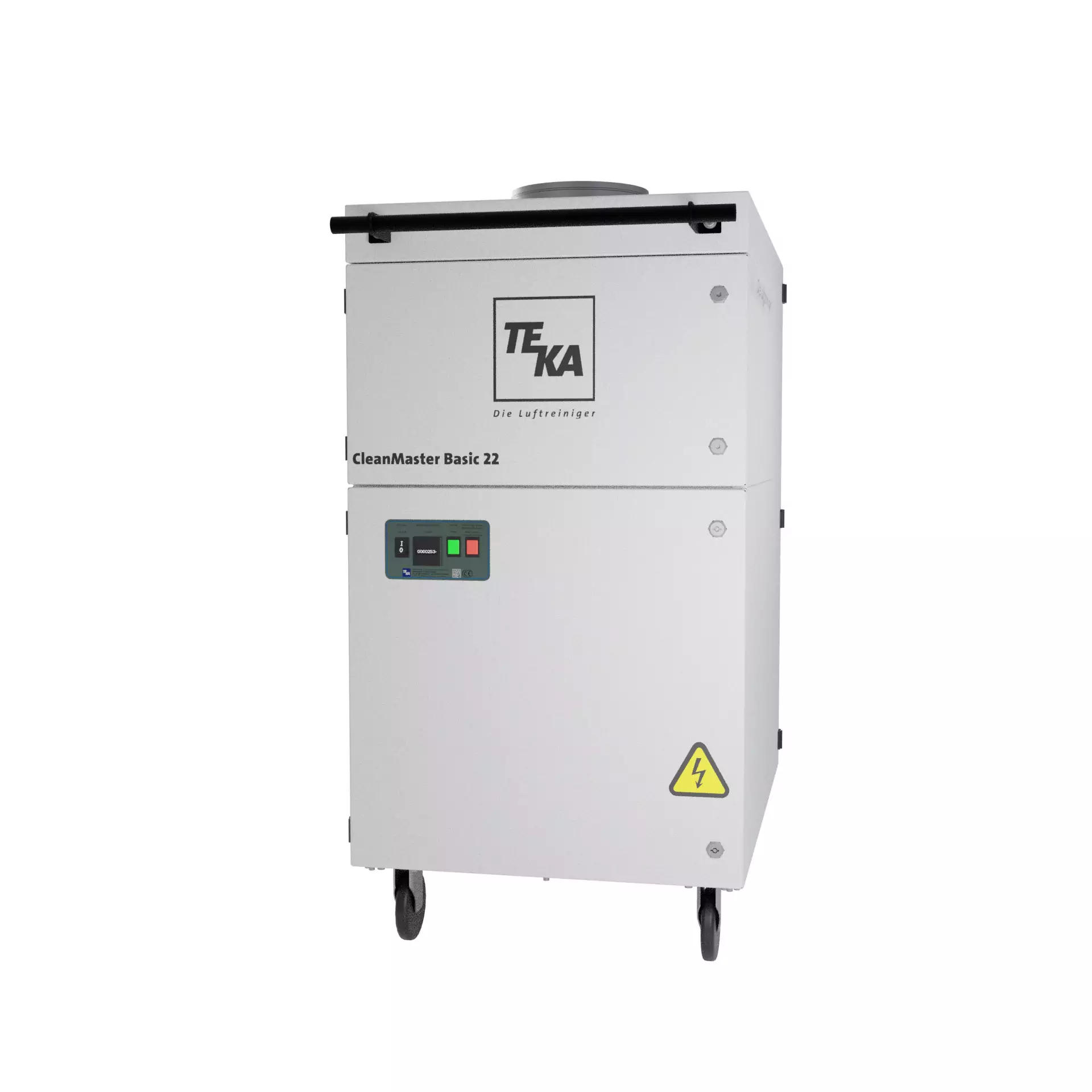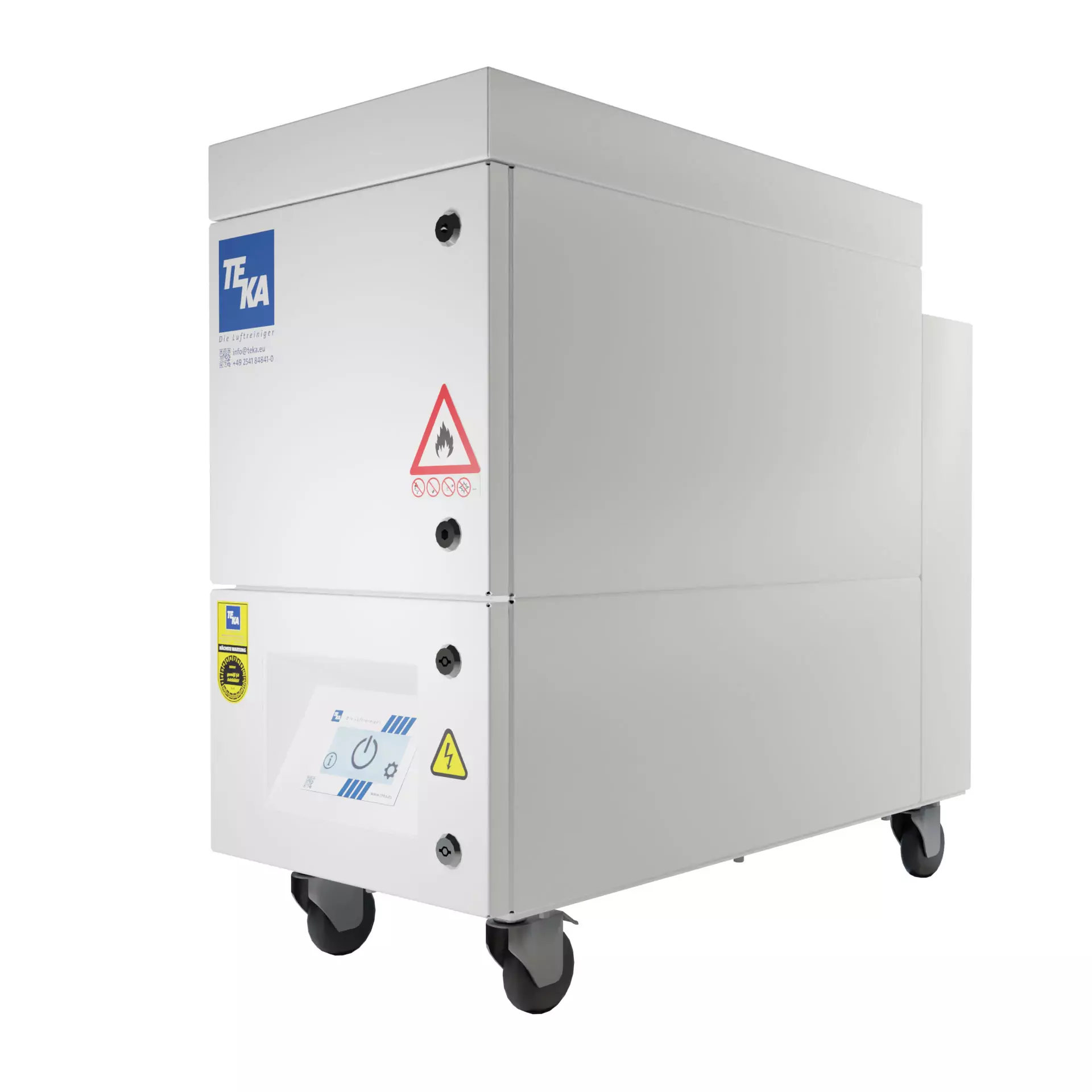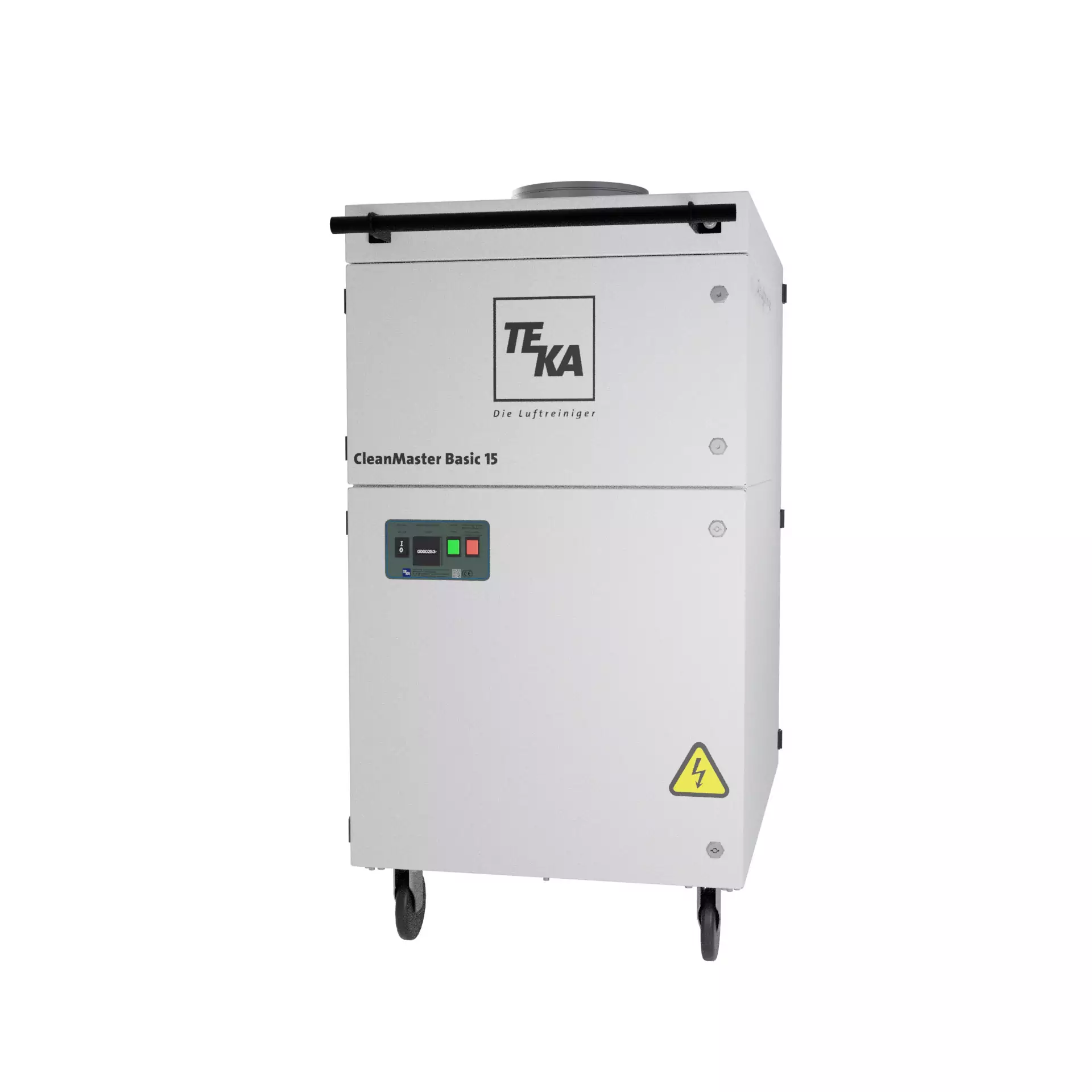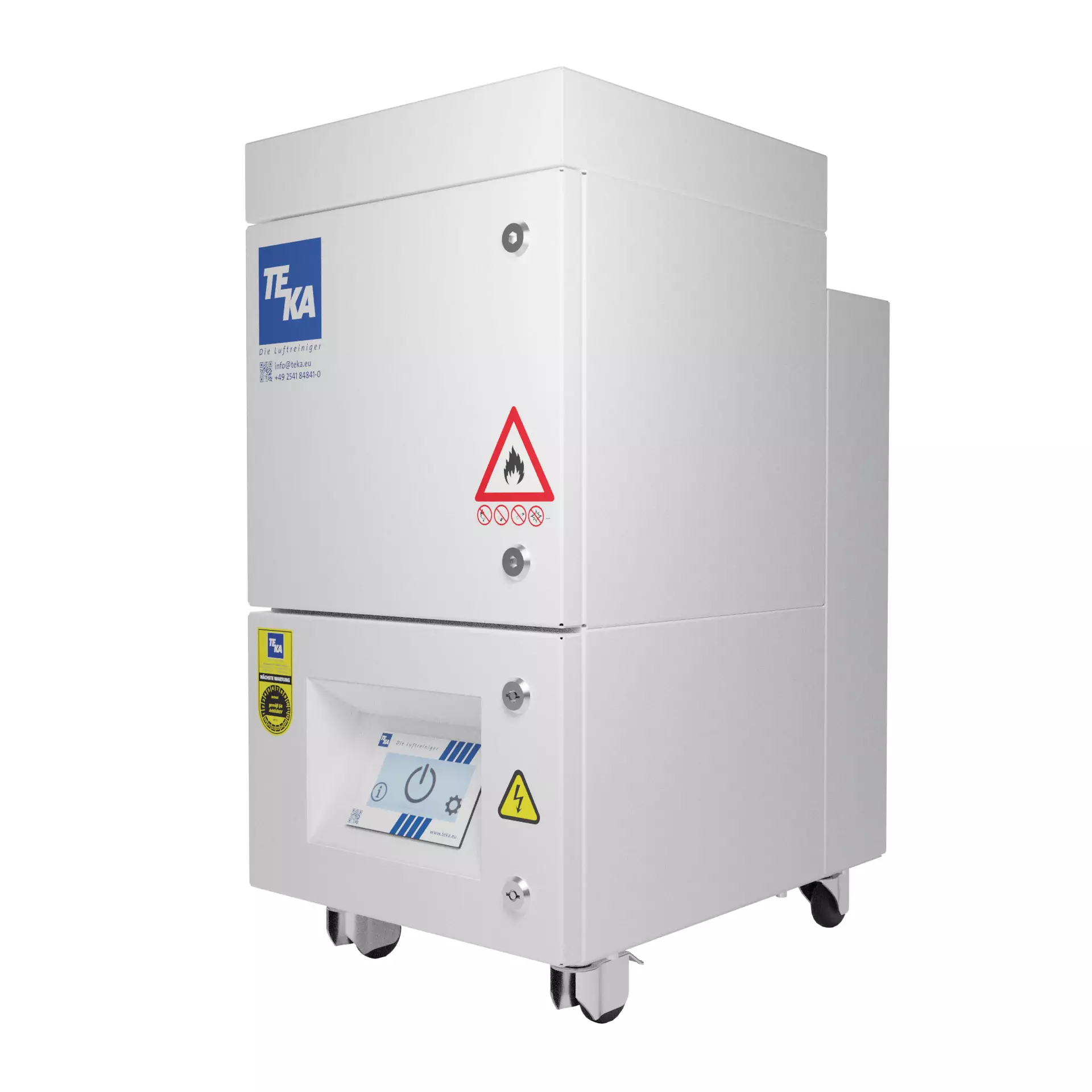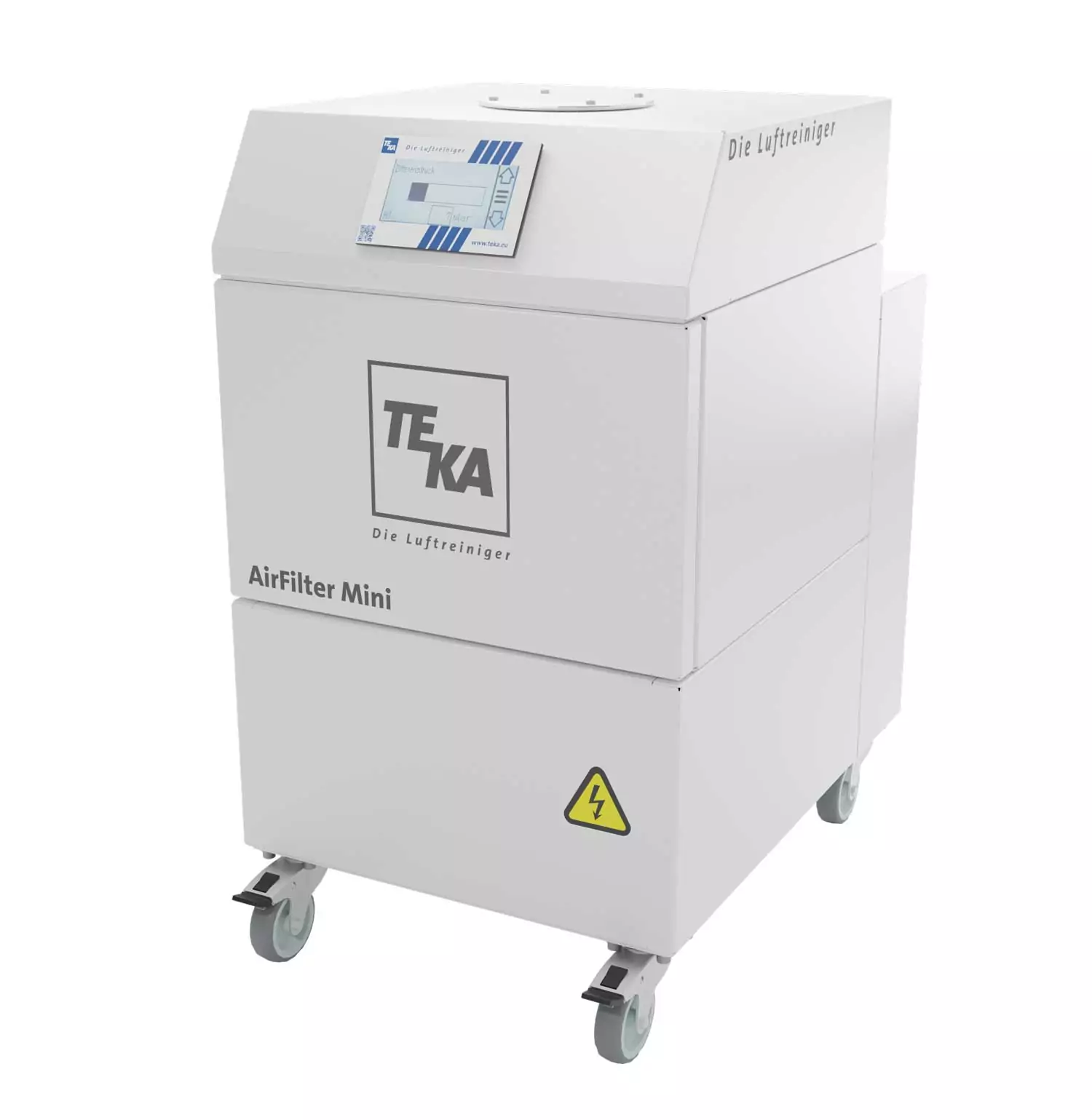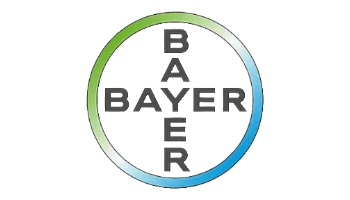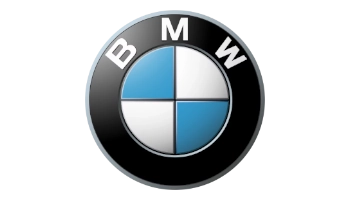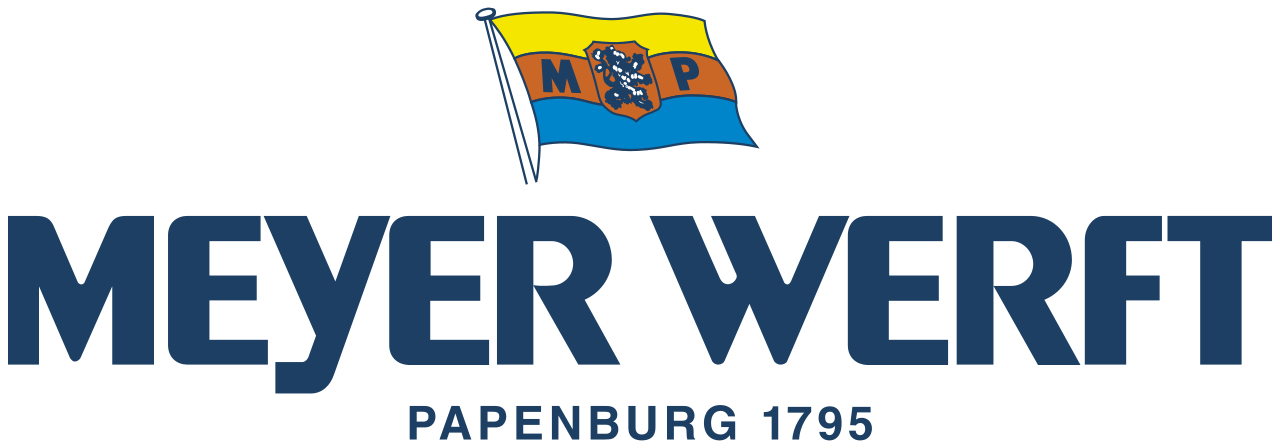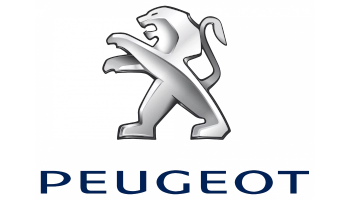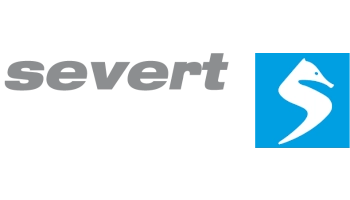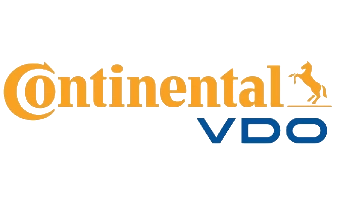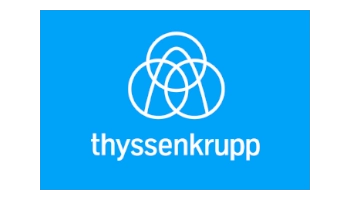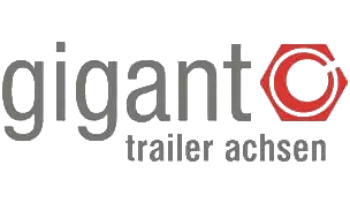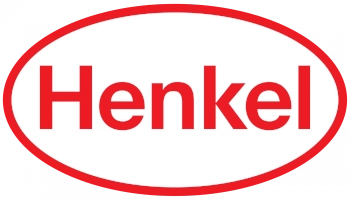Optimum working conditions for laser processing
Wherever laser fumes and laser dust are generated, high-performance filter systems are indispensable. Our extraction systems ensure clean air, protect against harmful emissions and help you to comply with applicable workplace limits.
Whether in industrial production, in the laboratory or in the workshop - our compact and flexible systems capture fine dust, gases and particles directly at the point of origin. The low-noise systems can be seamlessly integrated into existing working environments and ensure reliable processes for all laser procedures.
Absaugtechnik für Automobilindustrie, Maschinenbau, Chemie und viele weitere Branchen
Ob in der Serienfertigung, der Werkstatt oder im Anlagenbau – unsere Absaugsysteme sorgen in unterschiedlichsten Industriezweigen für saubere Luft und sichere Arbeitsplätze. Unternehmen jeder Größe, vom mittelständischen Betrieb bis zum internationalen Konzern, setzen auf Lösungen von TEKA.
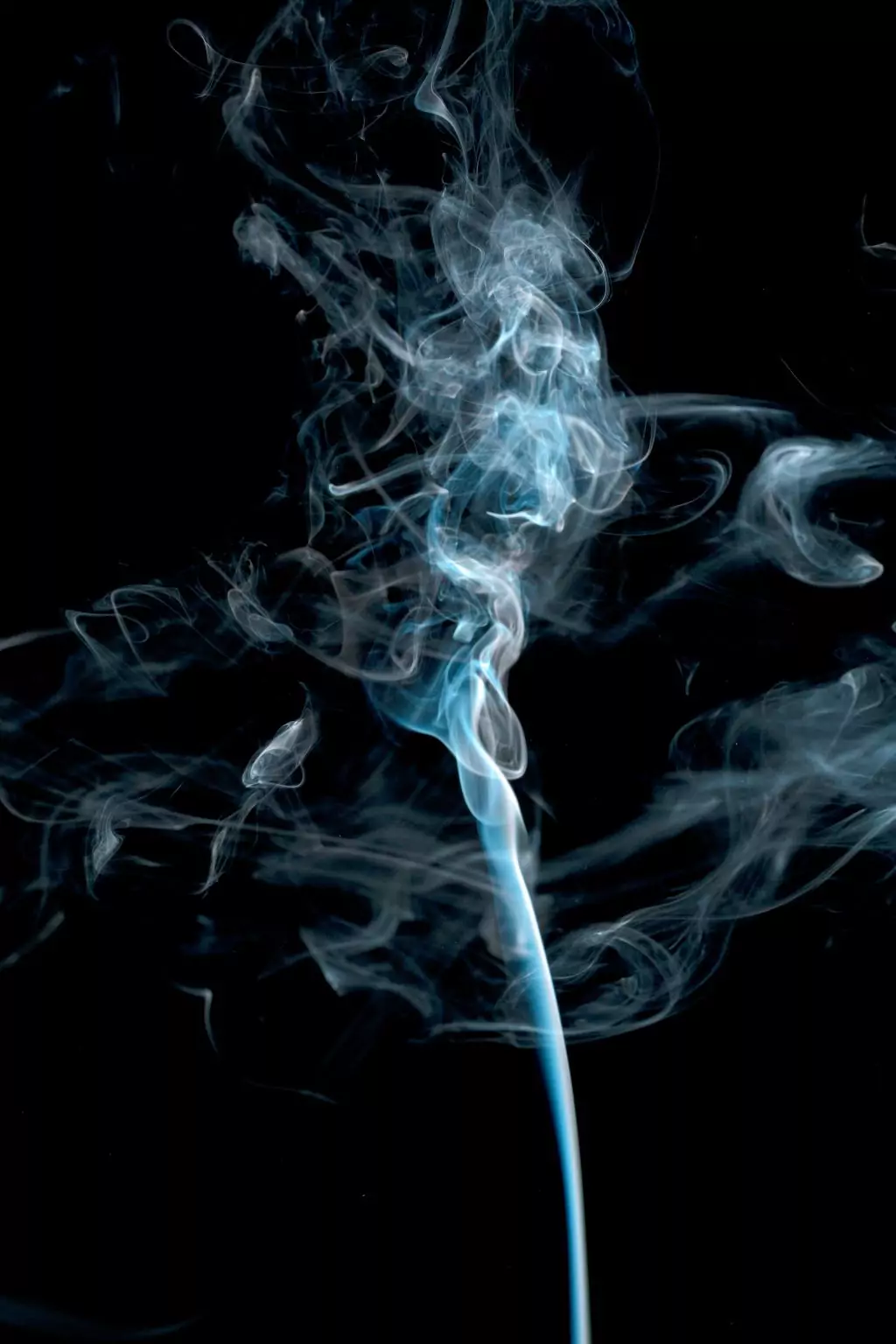
Efficient laser filters for safe and standard-compliant extraction
The filter technology is crucial for the effectiveness of your laser fume extraction system. Our high-performance filters offer combined filtration of fine dust, particles, highly toxic substances and gases - and therefore fulfil the requirements for standard-compliant, safe operation.
Your benefits at a glance:
-
Maximum separation efficiency: Retention of even ultra-fine particles and fine dust (<0.3 µm) thanks to HEPA H13/H14 filter technology
-
Efficient gas filtration: Activated carbon filters neutralise organic and inorganic emissions, e.g. when processing plastic or metallic materials
-
Reduced maintenance effort: Durable filter elements, tool-free replacement, optionally with digital filter monitoring
-
Safe operation in accordance with regulations: Our filter technology supports you in complying with the technical regulations for hazardous substances (TRGS), occupational exposure limits (AGW) and statutory air pollution control requirements
Laser cutting, laser engraving or laser welding: Our filter solutions can be customised to suit your processing methods, laser types and system configurations.
The underestimated danger: laser fumes and laser dust
Almost all laser processing methods - such as laser welding, laser cutting or laser engraving - produce emissions that are hazardous to health. Laser fumes and laser dust contain highly toxic substances, heavy metals and gases that can cause long-term damage not only to your employees but also to machine components.
Without effective extraction of laser fumes, there is not only a health risk, but also the risk of exceeding legal limits in accordance with TRGS and GefStoffV. Those responsible for occupational safety, production and maintenance should realistically assess these risks.
Typical health risks due to laser emissions:
- Respiratory diseases: Particles and gases irritate the respiratory tract and can trigger asthma, bronchitis or chronic coughing problems
- Eye damage: Laser dust can cause irritation, inflammation and visual impairment
- Skin reactions: Contact with highly toxic substances in smoke can cause allergic reactions
- Risk of cancer with long-term exposure: Inhalation of certain substances in fine dust (< 1.0 µm) is considered carcinogenic (see DIN ISO 7708)
Our extraction systems offer targeted filtration directly at the point of origin - for standard-compliant working environments, less downtime and permanently safe processes.
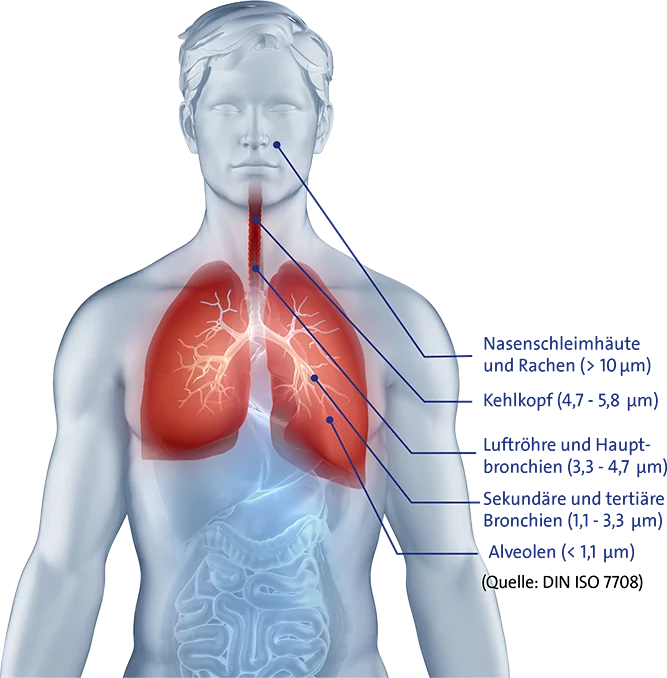
Laser fume extraction - investment security for your company
Laser fume extraction is more than just a legal obligation - it is a strategic investment in stable production processes, the health and safety of your employees and the long-term maintenance of your systems. Our systems are designed to reliably support you in achieving precisely these goals.
- Less disruption: Filter technology protects sensors, laser optics and electronics from contaminating fine dust
- Consistent product quality: Minimisation of particle ingress during sensitive machining processes
- Predictable operating costs: Durable filters and maintenance-friendly design reduce follow-up costs
- Legal certainty: Compliance with TRGS, AGW and GefStoffV ensures safety during audits and inspections
This makes your extraction system an integral part of a stable, legally compliant and economically efficient production environment.
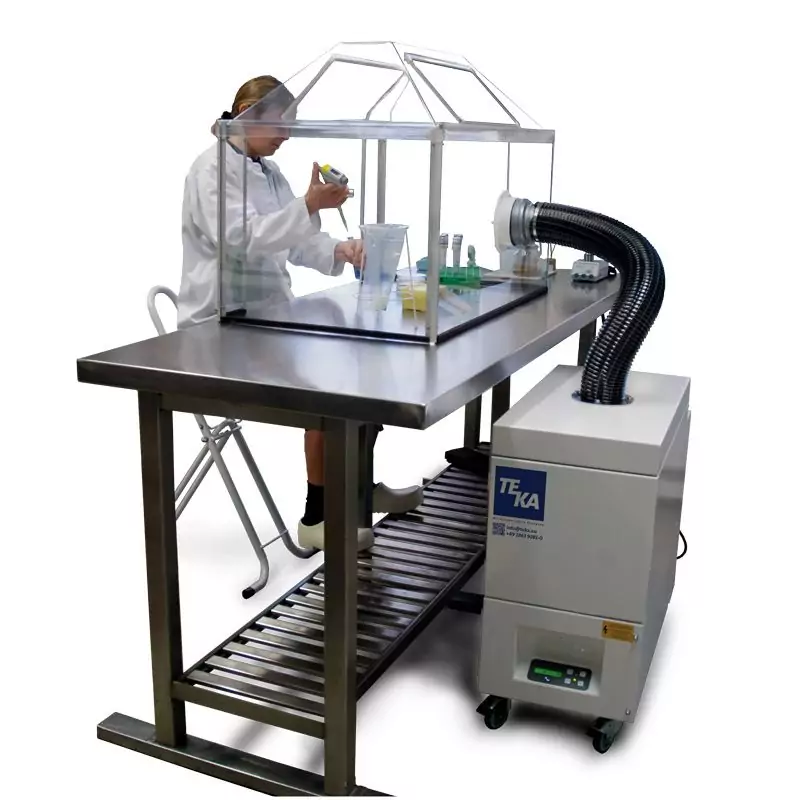
Laser extraction: Stationary or mobile - the right solution for your requirements
The choice of the right extraction system depends largely on your individual requirements and spatial conditions. At TEKA, we offer you both stationary and mobile solutions, to meet every requirement.
Stationary extraction:
- Ideal for fixed workstations and large laser systems
- High extraction performance and filter capacity for intensive applications
- Space-saving integration into your working environment
- Reliable continuous operation for maximum productivity
Mobile extraction:
- Flexible use at different workstations
- Compact and lightweight for easy handling
- Ideal for changing locations and smaller laser devices
- Cost-efficient solution for occasional applications
Whether you need a stationary or mobile solution, we will be happy to advise you on the best laser fume filtration for your specific requirements. Contact us today and let our experts support you!
Which laser processes require extraction?
Laser fumes are not only produced at high power levels or when processing metallic materials. Harmful emissions also develop at low laser powers and with organic materials. The right filter system is therefore indispensable in almost all laser processes.
Typical processes requiring extraction:
- Laser cutting: Intense particle and gas emissions, especially with plastics, composite materials and coated metals.
- Laser welding: Thermal processes generate pyrolysis gases, metal oxides and fine dust - especially when welding stainless steel, aluminium or galvanised materials.
- Laser engraving: Engraving wood, plastics, textiles or painted surfaces produces odours, smoke and potentially toxic compounds.
- Laser structuring and ablation: Ultra-fine dusts that need to be precisely filtered are produced in electronics or display production in particular.
Laser ablation - for example to remove nickel or chrome layers - also produces extremely fine, potentially toxic particles. Our systems offer specially customised filter solutions with a high separation efficiency and adsorption effect, especially for sensitive applications in surface technology and electronics production.
Regardless of the laser used - whether CO₂, fibre or diode laser - our extraction systems ensure standard-compliant working conditions and permanently stable production.
Individuelle Absauglösung gesucht? Wir beraten Sie persönlich.
Jede Anwendung ist anders – ob einzelner Schweißarbeitsplatz, automatisierte Fertigungslinie oder branchenspezifische Sonderlösung. Gemeinsam finden wir die passende Absauganlage für Ihre Anforderungen.
Nutzen Sie einfach unser Anfrageformular. Unser Expertenteam meldet sich zeitnah mit einer unverbindlichen Beratung und einer Lösung, die technisch und wirtschaftlich zu Ihrem Betrieb passt.
FAQ – Häufig gestellte Fragen zur Laserrauchabsaugung
Welche Laserverfahren erfordern zwingend eine Absaugung?
Bei nahezu allen Laserprozessen – etwa beim Schneiden, Gravieren, Schweißen oder Abtragen – entstehen gesundheits- und prozesskritische Emissionen. Eine Absaugung ist daher in der Regel notwendig, um Arbeitsplatzgrenzwerte einzuhalten.
Woran erkenne ich, welche Absauganlage für meinen Anwendungsfall geeignet ist?
Die Auswahl hängt ab von Lasertyp, Material, Bearbeitungsdauer und räumlichen Gegebenheiten. Unser Team unterstützt Sie bei der individuellen Auslegung – stationär, mobil oder zentral.
Was passiert, wenn keine oder eine unzureichende Absaugung verwendet wird?
Ohne geeignete Absaugung drohen gesundheitliche Risiken, Maschinenschäden (z. B. durch Feinstaub auf Optiken) sowie rechtliche Konsequenzen bei Verstoß gegen geltende Vorschriften.
Welche Vorschriften muss ich als Betreiber beachten?
Für Laserbearbeitungsverfahren gelten je nach Material und Emission verschiedene Vorschriften – insbesondere die Gefahrstoffverordnung (GefStoffV), Anforderungen an die Luftqualität am Arbeitsplatz (AGW) sowie ggf. technische Normen wie die DIN EN ISO 15012-4. Unsere Systeme helfen, diese sicher und wirtschaftlich einzuhalten.
Wie aufwendig ist die Wartung einer Laserrauchabsaugung?
Unsere Anlagen sind auf minimale Stillstandszeiten ausgelegt: Filterwechsel erfolgen werkzeuglos, optionale Filterüberwachungssysteme unterstützen die Planung.
Welche Filtertechnik wird eingesetzt?
Je nach Anwendung kommen mechanische Vorfilter, HEPA H13/H14 Filter und Aktivkohle zum Einsatz – abgestimmt auf Staubklasse, Partikelgröße und Schadstoffart.
Wie laut ist eine Laserabsaugung im Betrieb?
Der Geräuschpegel hängt vom Modell und der Leistungsstufe ab. Unsere Systeme sind so konzipiert, dass sie auch in produktionsnahen Bereichen eingesetzt werden können. Für lärmsensible Umgebungen beraten wir Sie gern zu geeigneten Schalldämmoptionen oder alternativen Gerätekonfigurationen.
Kann ich TEKA-Absauganlagen in bestehende Anlagen integrieren?
Ja – unsere Systeme lassen sich mechanisch und steuerungstechnisch an viele gängige Produktionslinien und Maschinenkonzepte anbinden.
Gibt es Fördermöglichkeiten für Laserrauchabsaugungen?
In einigen Branchen oder Regionen können Investitionen in Luftreinhaltung gefördert werden (z. B. BAFA, Länderprogramme). Wir unterstützen Sie gerne bei der Prüfung.
Kaufen, mieten oder leasen – was ist sinnvoll?
Unsere Anlagen sind in der Regel auf den Verkauf ausgelegt. Wenn Sie jedoch eine temporäre Lösung benötigen – etwa für ein Projekt, zur Überbrückung oder zum Testeinsatz – finden wir gerne gemeinsam eine passende Miet- oder Leasingoption. Sprechen Sie uns einfach an.
